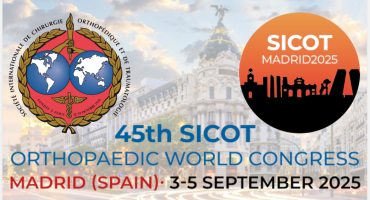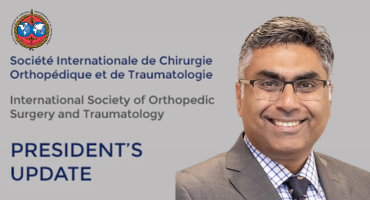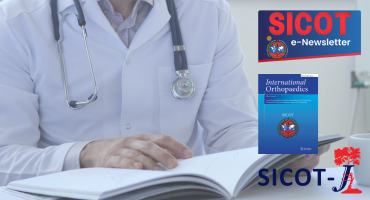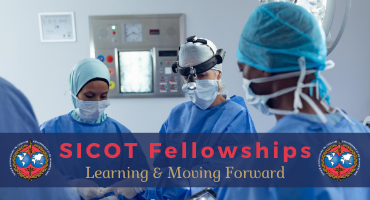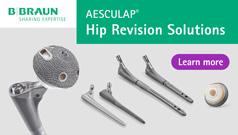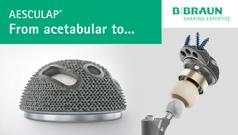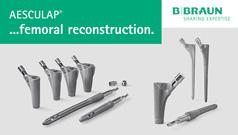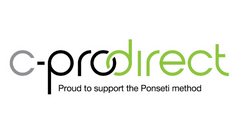Shock index identifies compensated shock in the 'Normotensive' trauma patient
Injury. 2025 May 8:112419. doi: 10.1016/j.injury.2025.112419. Online ahead of print.
ABSTRACT
INTRODUCTION: Hemorrhagic shock is a life-threatening condition that requires rapid identification for timely intervention. Although shock is easily discernible in the hypotensive patient, compensated shock in the "normotensive" patient is not. This study aimed to evaluate the utility of shock index (SI) in trauma patients with compensated shock.
METHODS: Patients with SBP > 90 mmHg on arrival were identified from our trauma center registry. SI was calculated by arrival heart rate divided by arrival SBP. Patients were stratified by SI using the following thresholds: ≤ 0.7, > 0.7 to 0.9, > 0.9 to 1.1, > 1.1 to 1.3, and > 1.3. Cross tabulations were used to estimate the odds of transfusion within 1 hour of arrival for each SI category with ≤ 0.7 as the referent.
RESULTS: 5958 trauma patients were included. Blood products were transfused within 1 hour of arrival in 211 (3.5 %) patients. A main effect was observed for shock index with increased risk for required transfusion for patients with admission shock index >0.7 (P < 0.001). In comparison to shock index of ≤ 0.7, odds ratios were 2.5(1.7 - 3.8), 8.2(5.4 - 12.2), 24.9(15.1 - 41.1), 59.0(32.0 - 108.6) for each categorical increase in SI.
DISCUSSION: Among trauma patients presenting without hypotension, elevated SI was associated with an increase in odds of receiving transfusion within one hour. SI may be useful in determining the presence of compensated shock in non-hypotensive patients.
PMID:40379507 | DOI:10.1016/j.injury.2025.112419






